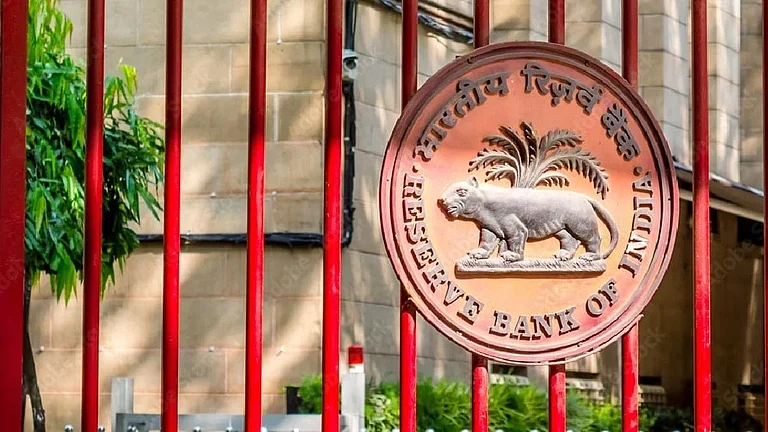Recently while participating in a high-level panel discussion on “Money at a Crossroad” hosted by the International Monetary Fund (IMF) in the US, Ravi Menon, managing director, Monetary Authority of Singapore (MAS) emphasised that they have made careful distinction between wholesale CBDCs and retail CBDCs. But what is Wholesale CBDC and how it is different from Retail CBDC?
For a start, CBDC refers to the digital form of a country’s fiat currency, which is issued by the central bank of the country. Though it is in a digital form, it can be exchanged with the fiat currency of the country. CBDC is a liability of the central bank.
What Is Wholesale CBDC?
Wholesale CBDC refers to financial institutions that carry reserve deposits with a central bank. It facilitates towards improving the payments and securities settlement efficiency, as well as lowering the counterparty credit and liquidity risks.
According to Menon, while both Wholesale CBDC and Retail CBDC digital currencies are issued by the central bank, in case of wholesale CBDCs, “we see a variety of use cases because they are used in the interbank system to effect a cross border payment.”
In wholesale CBDCs, in a domestic payment system, the central bank acts as a central counterparty in a cross-border setting. “So, you need a decentralised ledger or a blockchain, and you need wholesale CBDCs to facilitate that transfer CBDC,” he says.
Aruna Sharma, former secretary, and member, RBI Committee in Deepening Of Digital Payment said that the wholesale CBDC is something like what RBI gives to the bank. “It’s something like we all get with new printed new notes,” she says.

What Is Retail CBDC?
Contrary to a wholesale CBDC, retail CBDC can be defined as one of the currency which has been issued to the general public. It is based on distributed ledger technology – popularly known as DLT – and has the characteristics of anonymity, traceability, and is available 24*7 and 365 days a year, along with the feasibility of an interest rate application.
How Do They Differ?
Utkarsh Sinha, managing director, Bexley Advisors, a boutique investment bank firm, says that Retail and Wholesale CBDC would both suffer from the basic challenge of whether they are issued to financial institutions or individuals.
“Our currency note supply is also wholesale, as it is issued to retail banks who then get it in the hands of individuals. Unless we are talking about a form of direct benefit transfer (DBT), currency is always issued at a wholesale level by the Reserve Bank and makes its way to retail hands through designated institutions. Even for DBT, intermediary institutions are involved,” he says.
Some experts believe that if CBDC simply translates into a net reduction in the circulation of currency notes and coins, then that is a trend that is well underway, and is likely to continue irrespective of the introduction of currency in the form of CBDC.
What About Indian CBDC?
While presenting Budget 2022, Finance Minister Nirmala Sitharaman had said the Digital Rupee, the name of the Central Bank Digital Currency (CBDC) in India, will be introduced using Blockchain and other technologies, and the Reserve Bank of India (RBI) will issue these in 2022-23.

“Introduction of Central Bank Digital Currency will give a big boost to the digital economy. Digital currency will also lead to a more efficient and cheaper currency management system,” she said.
Adds Dr. Oriol Caudevilla, FinTech Advisor and Influencer, and director at the Global Impact FinTech Forum (GIFT): “Even though wholesale CBDCs also offer many advantages, it would be especially interesting for India to have its own CBDC, the Digital Rupee, since CBDCs can be an effective tool when promoting financial inclusion, since they can address the needs of the unbanked and underbanked people, which is very important, given that 190 million adults are still unbanked in India.”
“Launching a Digital Rupee will give a big boost to the digital economy. The Digital Rupee will also lead to a more efficient and cheaper currency management system,” he says.













